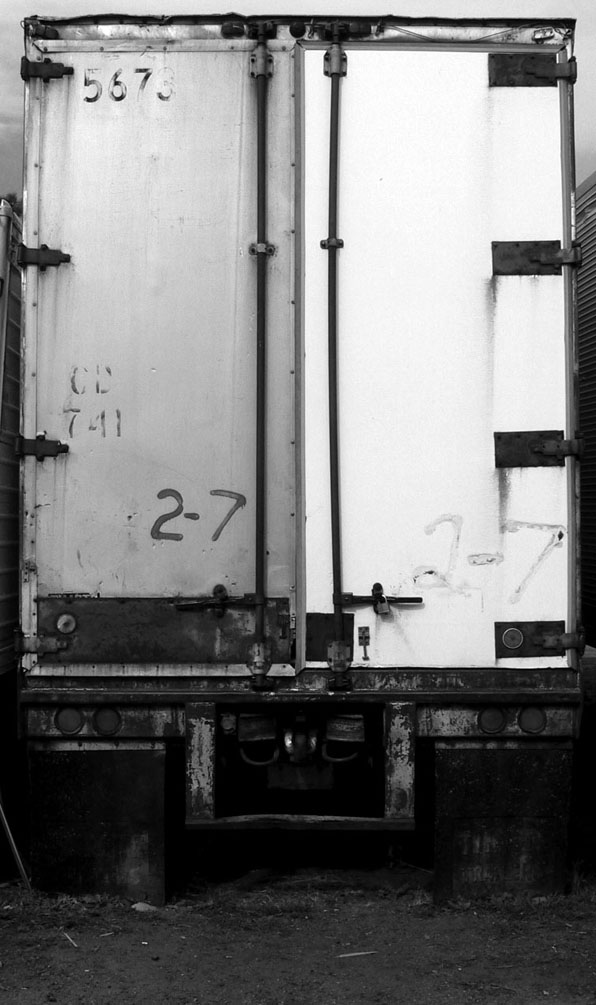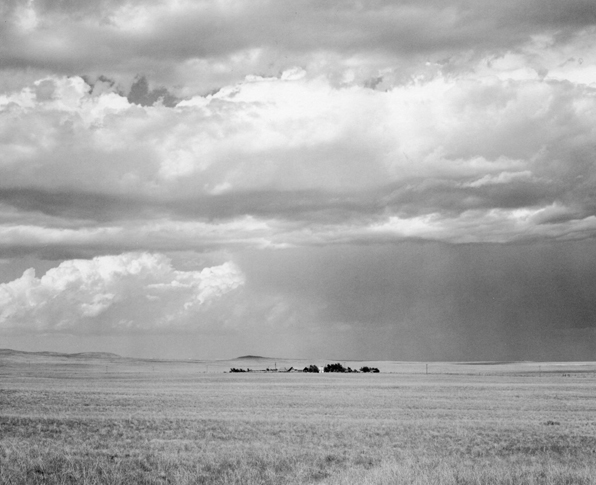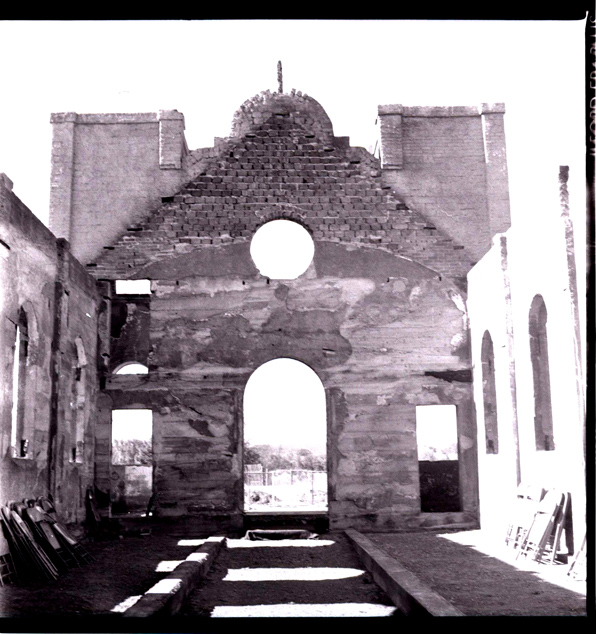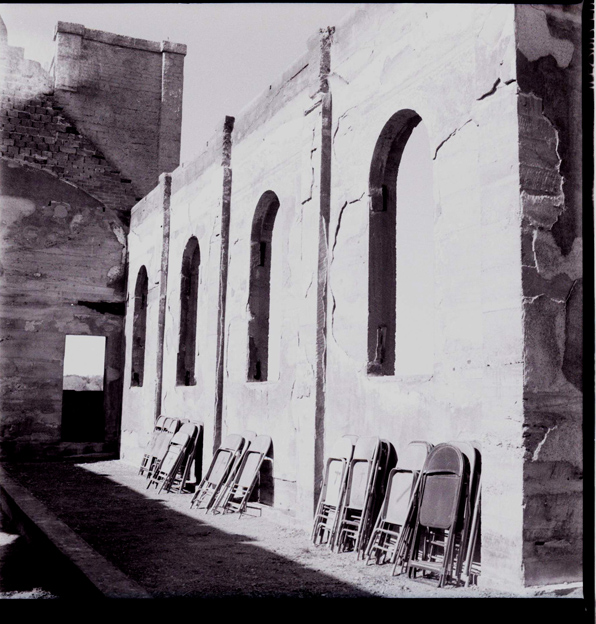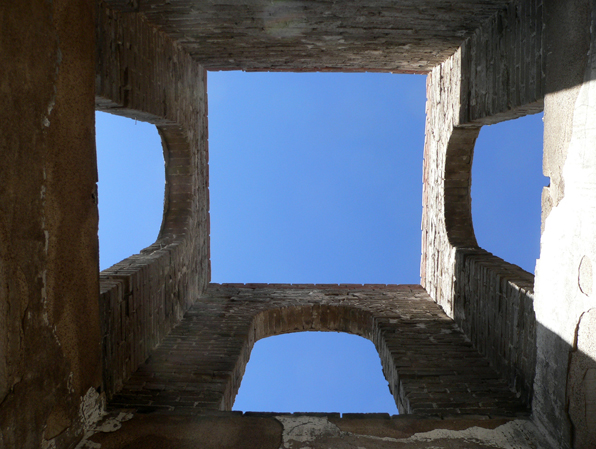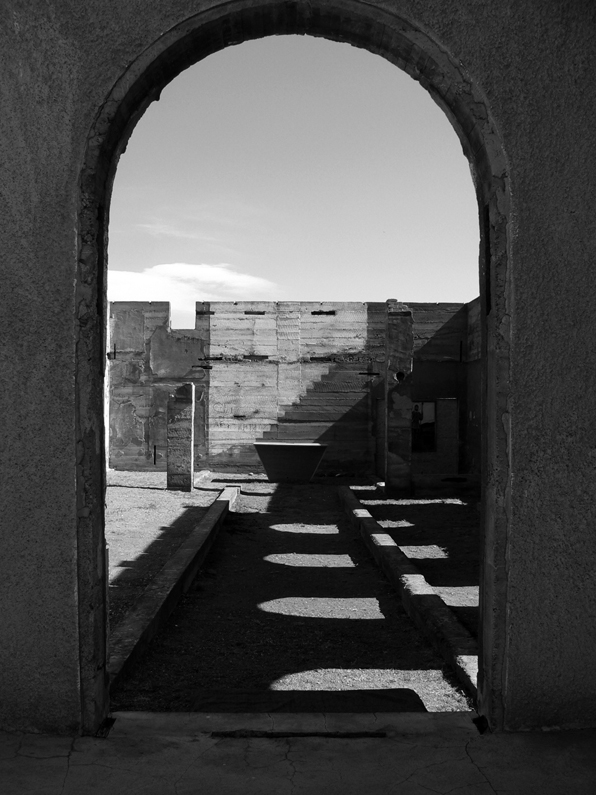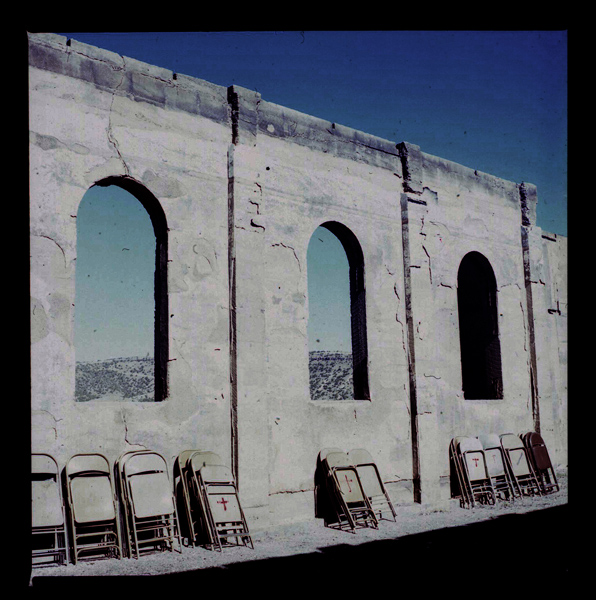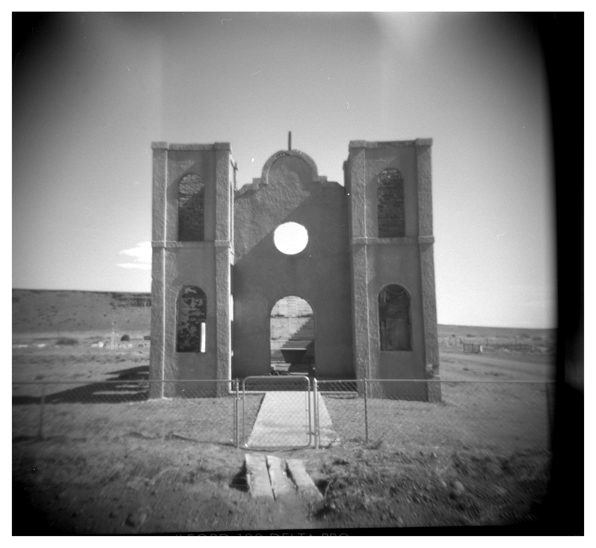I have written a number of times about bridges, their simple beauty and the increasingly rare appearance of steel arched types. This bridge, in central Kansas, crosses a small river not far from the original path of the Oregon Trail. On this day it was dripping from a recent rain and the sky was an eerily-threatening monotone of gray
trucks, again
for the love of bridges
I have written a number of times about bridges, their simple beauty and the increasingly rare appearance of steel arched types. This bridge, in central Kansas, crosses a small river not far from the original path of the Oregon Trail. On this day it was dripping from a recent rain and the sky was an eerily-threatening monotone of gray.
These were shot on a medium format late 1950's Zeiss Ikon Nettar folding camera recently given to me by my uncle.
Thanks Pete.
midwestern bridges
Before interstate engineers replaced our river crossings with solid, straight, under-supported super-slabs of concrete highways, spidery steel bridges carried us across the impediments to the relentless to- and fro- of an increasingly mobile society.
When you pass through the steel rib cages of these older bridges, especially the narrow, long spans, crossing a river feels like a celebration, an exciting transformation from one place to the next. The uniformity of road surface, side rails and driving surface of concrete pier bridges celebrate only the efficiency of travel, not the journey.
These bridges make a space amongst themselves, an interstitial place between here and over-there. Because the structure of the bridge is above you and around you, you don't simple glide across a river or steep valley, but you feel the suspension from gravity of that leap across space.
Robert Adams, images of the American West
Currently at the Denver Art Museum is an exhibit of the photographic work of Robert Adams. Robert Adams grew up in Colorado and is best known for his photographs of the New West - the human impacts on the landscape. Unlike Ansel Adam's stunningly beautiful images of western landscapes, Robert Adam's images are a combination of the joy and beauty of the west alongside its degradation and exploitation.
Many of Adam's most arresting images are those of the new housing encroachments on the landscape throughout the 1960' and 70's. The stark, high-altitude light of the Front Range puts into sharp focus the stark isolation of the suburban dream contrasted against the expansive emptiness of the western sky.
I first ran into Adam's work through the many books of photography that he produced. The New West, Summer Nights and West from the Columbia are but a few of the more than twenty books of thoughtful, sometimes disturbing, but always beautiful images.
I strongly recommend the exhibit. It is simply presented and the images are arresting and intriguing in a way that the books can only hint at.
Robert Adams
The Place We Live, A Retrospective Selection of Photographs
Sept 25 - Jan 1, Denver Art Museum
(all photos by Robert Adams, from What Can We Believe Where? )
San Isadore
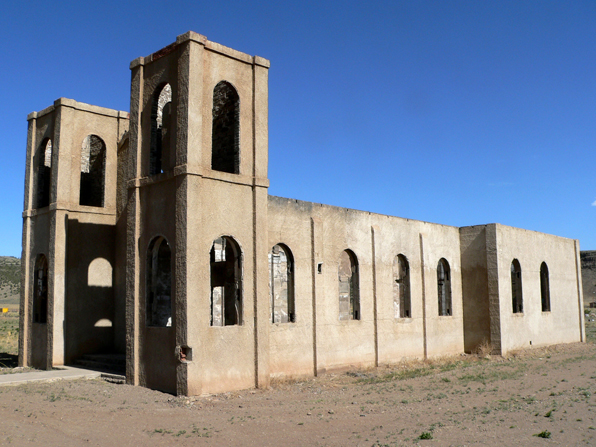 San Isadore is a church in Mesitas, Colorado, on the west side of the San Luis Valley.
San Isadore is a church in Mesitas, Colorado, on the west side of the San Luis Valley.
It lost its roof and much of everything else that would burn in a fire in the 1970's.
It is still used for services, under the bright, aluminum sky of southern Colorado.
The fire reduced the building to just its basic walls, the fundamental enclosure of architecture. For all the excitement of Modern architecture blurring the line between inside and outside, it is startling and humbling to see simple walls defining a space. Inside and outside; here, not here.
I spent quite a bit of time there making drawings and photographs. I shot it with three four different cameras as a bit of an experiment on how each of the different technologies record our impressions.
First and fourth images with a Lumix digital camera. Second and third images with black and white film in a 1970's Yashicamat.
Fifth image with a 1980's Nikon FM
Sixth image with the same Yashicamat with color slide film.
Last image with a Holga, black and white film.


